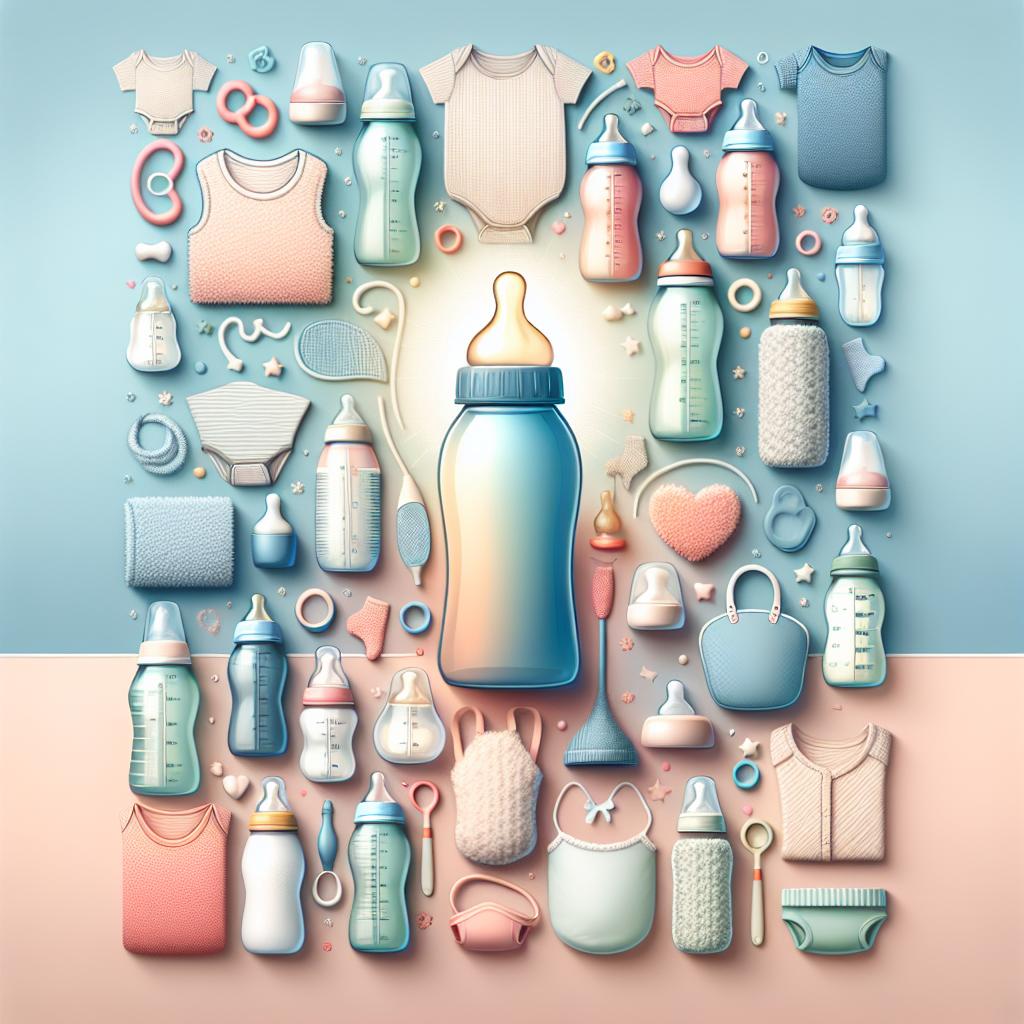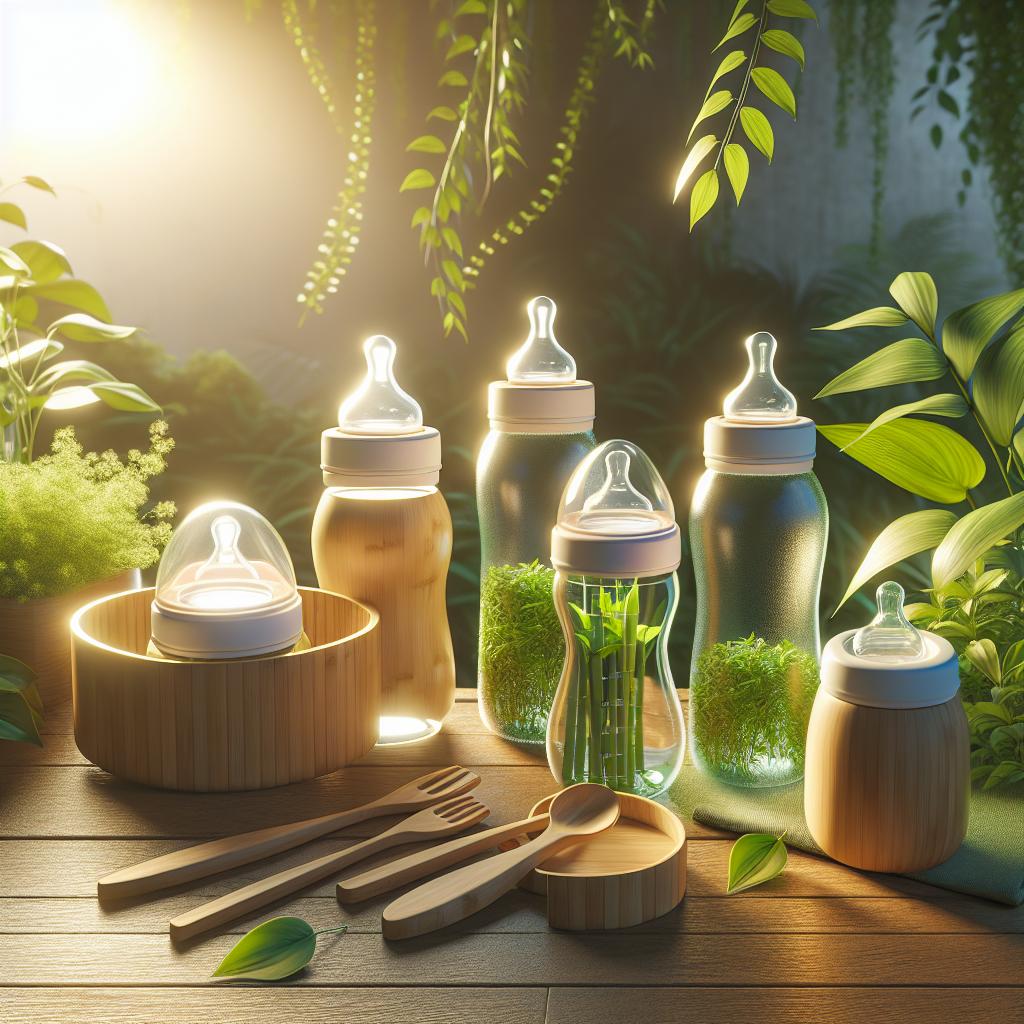Understanding Baby’s Bottle Preference
As every parent knows, figuring out your baby’s preferred bottle can be a bit of a challenge. Every baby differs in their preference; what works for one might not work for another. As a result, finding the best baby bottle for your child often involves some trial and error.
Why is Baby’s Bottle Preference so Important?
Understanding your baby’s bottle preference is crucial for several reasons:
- Comfort: A comfortable baby is a happy baby. The right bottle can help prevent discomfort caused by gas and colic.
- Ease of feeding: Some babies might refuse to feed from a bottle they don’t like. Finding the preferred baby bottle can make feeding times smoother and less stressful for both of you.
- Nipple confusion: If you’re combining breast and bottle feeding, the right bottle can help prevent nipple confusion.
Read more about preventing gas and colic in babies here.
Factors to Consider When Identifying Baby’s Preferred Bottle Type
The best baby bottle for your little one will depend on several factors, such as age, feeding style, and personal preference. To identify your baby’s preferred bottle, consider the following aspects:
- Nipple style: The bottle’s nipple design can greatly affect how your baby feeds. There are traditional design and orthodontic design that mimic the shape of a mother’s breast. Understanding nipple confusion can be crucial in this regard. Find more on this topic here.
- Bottle size and shape: Some babies might prefer a smaller, narrower bottle, while others might prefer a larger, wider one. Again, this might require some trial and error.
- Bottle material: Baby bottles can be made from different materials, such as plastic, glass, or silicone. Some babies might have a preference based on the bottle material. Understanding the different types of bottle materials can be useful in deciding the best option for your baby. Check out this informative guide for more information.
Remember, patience is key. If your baby refuses a particular bottle, don’t force it. Give it some time and try again later or experiment with a different type of bottle.
Dealing with Bottle Rejection
Even after finding your baby’s preferred bottle, there might be times when they reject the bottle. This can be upsetting, but it’s important to remember that it’s not uncommon. If your baby is refusing the bottle, there are several steps you can take. Check out this guide from Healthpartners for helpful tips.
Guilt-Free Bottle Feeding
Parents sometimes feel guilty or judged for bottle-feeding their babies, whether it’s due to issues with breastfeeding or personal choice. However, the most important thing is that your baby is fed, content, and growing healthily. Read more about guilt-free bottle-feeding here. Also check out some breastfeeding support products if you’re combining breast and bottle feeding.
Recognizing Baby’s Signals for Bottle Preference
Understanding your baby requires discerning the different ways your child communicates. When it comes to bottle feeding, your child might show a preference in various ways:
- Latching: Observe how well your baby latches onto the bottle. A good latch indicates comfort and satisfaction, whereas a poor latch might denote the opposite.
- Feeding pace: Watch for your baby’s feeding speed. If your baby feeds too quickly or too slowly, they might be struggling with the bottle’s flow rate.
- Behaviors during feeding: Is your baby fussy or calm? Does he or she accept the bottle readily or push it away? Baby’s behaviors during feeding can tell you a lot about their bottle preference.
- Signs of discomfort post-feeding: Gas, colic, and excessive spit-up after feeding can be indicative of an unsuitable bottle design.
Read more about recognizing baby’s feeding cues here.
Transitioning from Breast to Bottle
If you’re planning to make the switch from breast to bottle, this can also have an impact on your baby’s bottle preference. Consider using a bottle with a nipple that mimics the shape and feel of the breast. There are many options available in the market today designed explicitly for this purpose. Read more about finding the right bottle nipple for your breastfeeding baby here.
Bottle Preference and Formula Tolerance
Remember that often, a baby’s bottle preference can also be influenced by the type of formula we fill them with. It’s essential to ensure your baby tolerates the formula chosen. If you’re unsure regarding which formula is best for your child, consult with your pediatrician or a dietitian. Find more information about formula tolerance and related issues here.
When to Seek Medical Advice
While bottle preference and occasional feeding challenges are perfectly normal, consistent problems with feeding might indicate a health issue. Always reach out to a healthcare professional if:
- Your baby seems hungry but repeatedly refuses the bottle.
- Your baby is showing signs of pain or discomfort during or after feedings.
- Your infant isn’t gaining weight properly.
- You have concerns about your baby’s feeding habits or overall health.
Discussing your concerns with a healthcare professional is an integral part of finding solutions. Good nutrition is critical for your baby’s growth and development, so any persistent feeding problems should be addressed promptly. Read more about recognizing signs of feeding problems in infants here.
Supporting Your Baby Through Changes
Lastly, remember that babies, like adults, need time to adjust to changes. It’s normal for them to need time to get used to a new bottle. Consider introducing the new bottle slowly, while providing plenty of comfort and support during this transition.
A baby’s bottle preference is something that evolves over time and can change as a baby grows and matures. Your patience, understanding, and attentiveness can make this process more comfortable for both of you. Find more tips on introducing a baby to a new bottle here.







